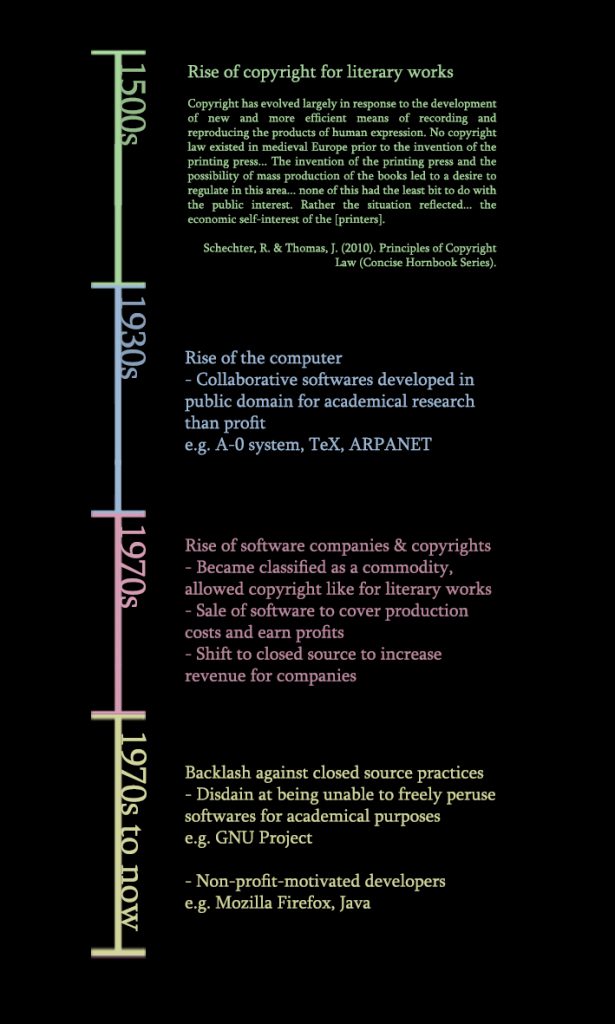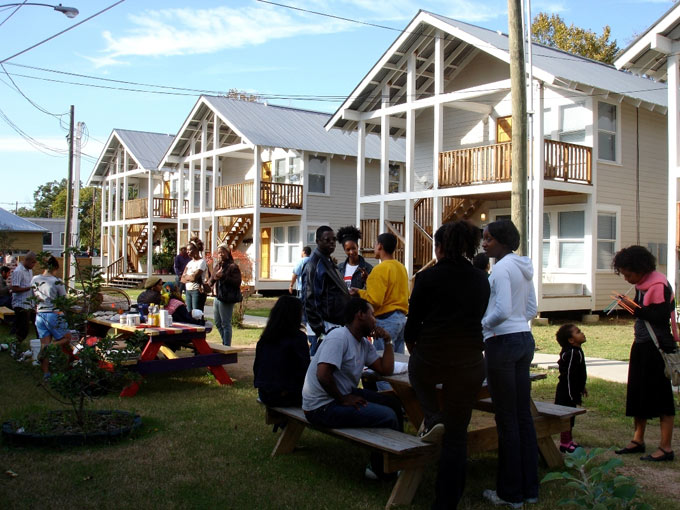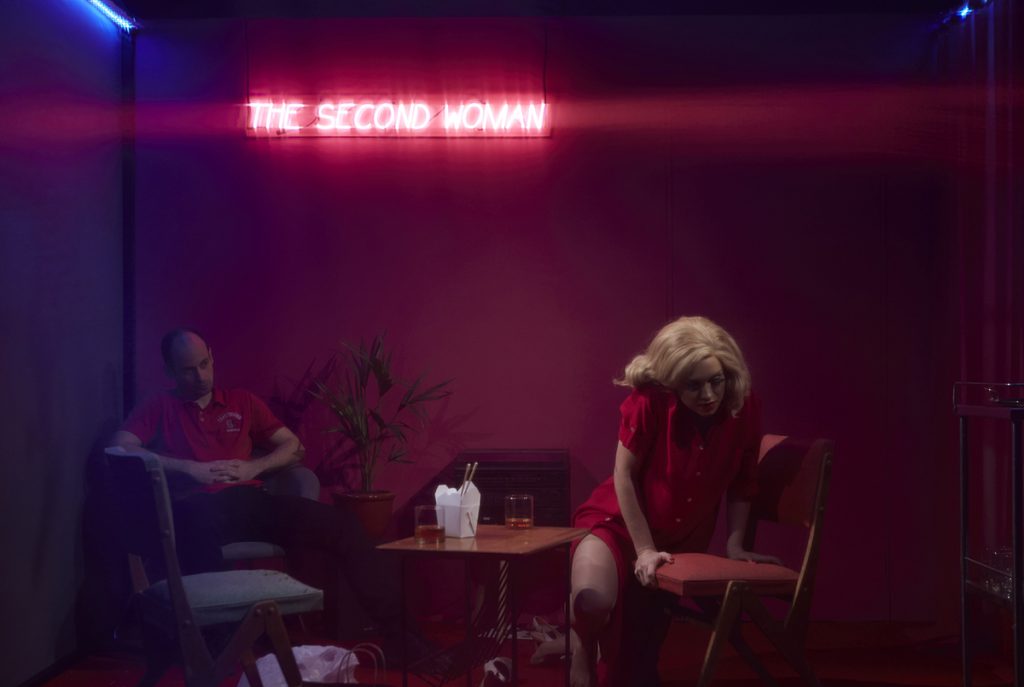The term “open-source” is used to describe software, of which its source code is available for perusal and modification. This is in direct opposition of proprietary software, which restricts access to its source code. Predictably enough, however, the concept of proprietary software became pervasive once the profitability of software as a commodity was established.

Essentially, the harshness of the closed source model resulted in
- The awareness that the “copyright” is not a singular, rigid right
- The rise of the hacker culture, and
- The rise of the open source model
As a software and creative model, it can be more beneficial to the creator to not completely control their work, especially if they have non-profit motivations, such as that of the desire for “a phenomenal effect on education and entertainment” (Paik, 1973). This encourages interaction between peers to improve upon each other’s contributions.
It also leads to a form of “living art”, where said art is dependent on real-time social interaction than prepared beforehand like traditional art. This places emphasis on the process than the result, where the meaning of the artwork is emphasised through how it is made than how it looks in the end. Artists can also further define “their autonomy against the dominance of mainstream culture” through this modern style (Garrett, 2014). By extension, it also has a profound effect on various forms of art, like performance art, social practice art and internet art.
For reference, attached are links to various artworks which rely on the unpredictable nature of social interaction, albeit with varying restrictions. A closely linked idea is that of social practice, incidentally, where social interaction is often an important way to express those messages.
The Second Woman (performance art) by Nat Randall, 2017 (1) (2)
Project Row Houses (social sculpture) by Rick Lowe (1) (2)
 Permanent Redirect (internet art) by Donald Hanson, 2018 (1) (2)
Permanent Redirect (internet art) by Donald Hanson, 2018 (1) (2)
(Featured image: Sunflower Seeds by Ai Weiwei, 2010.)
- Garrett, M. (2014). “DIWO (Do-It-With-Others): Artistic Co-Creation as a Decentralized Method of Peer Empowerment in Today’s Multitude.” Marc Garrett. (link)
- Packer, R. “Open Source Studio.” IEEE Potentials 34, no. 6 (2015): 31-38. doi:10.1109/mpot.2015.2443899. (link)
- Vaidhyanathan, S. (2012). “Open Source as Culture/Culture as Open Source “ in Mandiberg, M. (Ed.). The Social Media Reader. NY: New York University Press. (link)
- (2005). “Proprietary Software Definition.” The Linux Information Project. (link)
- P., Natalie. (2006). “Who Are the Key Figures in Socially Engaged Art Today?.” Widewalls. (link)
- Davis, B. (2013). “A critique of social practice art.” International Socialist Review 90. (link)
- Meyer, H. (2009). “Audience as participant in Performance Art.” Inter Act Actuel. (link)
- “Socially engaged practice.” Tate. (link)



Hey there!! I thought that the Permanent Redirect art that you shared was really interesting! I was trying to click on the link to access the art but then they kept giving me an error message and then I realised that was the whole point of the art piece. 8’D I love the concept, making use of URL redirecting that is something that is unique to the Internet, and it makes me REALLY want to find out what the actual art piece looks like… but I guess we’ll never see it.
Excellent work, very well written, and well referenced. You made several important observations about the relationship between open source thinking and the art of the social practice, which was the purpose of assigning these essays. We are trying to understand some of the underlying principles of the social practice, and your essay demonstrates exceptionally how open source leads to more collaborative forms of artistic practice. It might be helpful to include some description as to why the two artworks you cited are important to your critique.